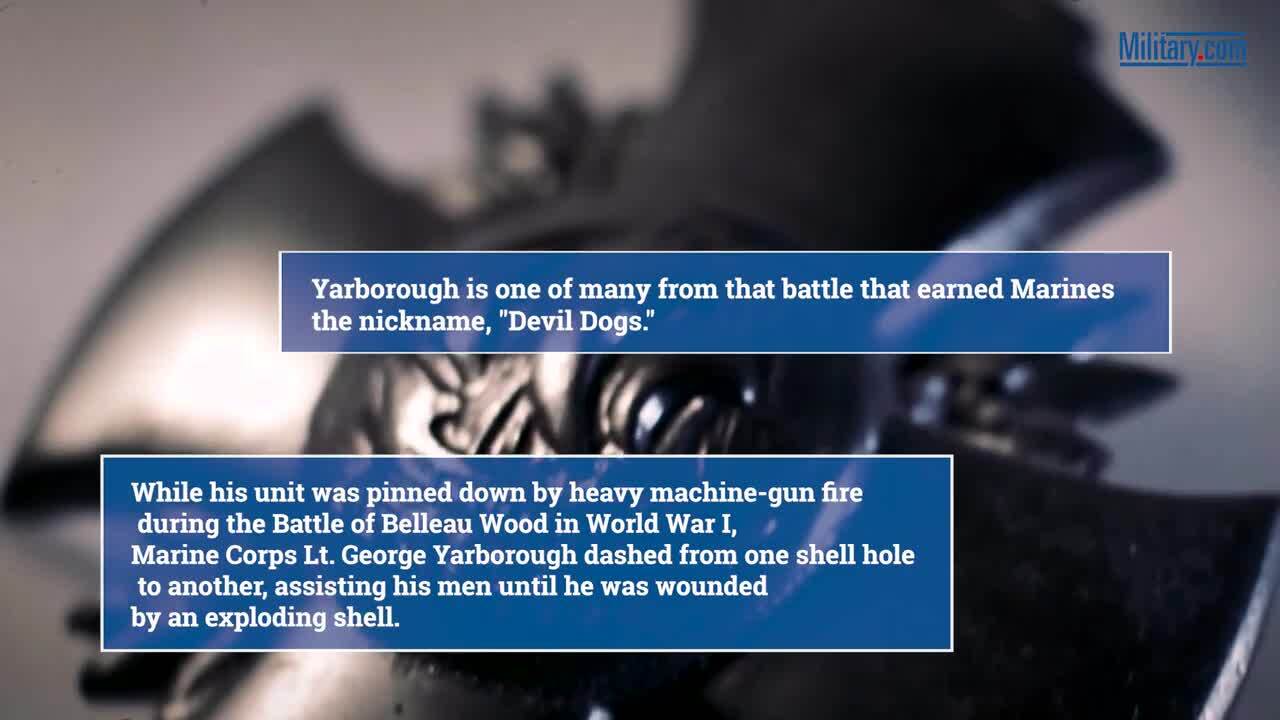Adm. Robert Papp, with only months left in his tenure as commandant of the Coast Guard, said his successor must push to update the service's oceangoing cutter fleet.
"The challenge that my relief will face - and hopefully I'm leaving him as well positioned as possible - is the recapitalization of our fleet," Papp said at the AFCEA West conference in San Diego. "I've been making the case as powerfully and as constantly as I can that, for the Coast Guard, we've got to recapitalize that fleet that is offshore."
Though it is often starved for funding compared to the larger military services, Papp said the Coast Guard has succeeded in keeping its fleet of smaller, inshore patrol boats up to date.
"We've recapitalized almost all of our [injshore forces," Papp said. "We're nearing 170 new response boats that went out to our stations. We've recapitalized our small boat fleet. We put more conventional Coast Guardsmen at our stations. We've created deployable specialized forces, and we're building more patrol boats. We have more patrol boats than we've ever had in our history, and we're building more."
The Coast Guard's oceangoing fleet is "woefully inadequate," Papp said. Its highendurance cutters are on average 45 years old. The workhorse medium endurance cutters that range from 200 feet to 270 feet long are approaching 50 years of service.
"We've got to replace those ships," he said.
The Coast Guard already has funding for 30 new fast-response cutters, which is about half of a planned fleet of 58 ships, he said. But as the Defense Department, particularly the Navy, gears up to police the Asia-Pacific region, the Coast Guard's lawenforcement authorities are needed farther from the U.S. mainland shoreline.
"When you are dealing with threats in a coastal and near-shore zone, in football terms you are in the red zone. ... You need maritime patrol forces that can go out beyond the exclusive economic zone that patrol on the high seas and can intercept threats before they get into that red zone."
The United States has a large exclusive economic zone that extends throughout the Pacific for which the Coast Guard and Navy are responsible. At 4.5 million square miles, it is the largest EEZ of any nation on Earth. Unlike the Navy, the Coast Guard has law enforcement authorities within the U.S. economic zone, which is why its personnel are often deployed on Navy ships. They can make arrests and search vessels.
Peer competitors such as China are realizing the advantages of a non-military coast guard as they expand their influence throughout the South China Sea and elsewhere, Papp said.
'We've always been present in the Pacific, but we're having to reassess due to a tight squeeze on the budget and fewer major ships available," he said.
Papp said completion of the large 400foot national security cutter fleet is "in sight." The service is ready to award a contract for long-lead materials purchases for the eighth ship.
The offshore patrol cutter, which will replace the 210-foot Reliance-class medium endurance cutters and eventually the larger 270-foot medium endurance cutters, is the largest procurement program the Coast Guard has ever undertaken. Plans are to purchase 25 of the ships.
Three companies in February were awarded contracts to design versions of the offshore patrol cutter. They are Bollinger Shipyards of Lockport, La., Eastern Shipbuilding Group Inc. of Panama City, Fla. and General Dynamics/Bath Iron Works based in Maine. The contract to build the vessels could be worth up to $10.5 billion.
"I was a little worried we wouldn't get that done and that would have been a big headache for my relief," Papp said.
The Obama administration's fiscal year 2015 budget proposal - released after Papp spoke - requested $9.7 billion for the service, down from the 2014 enacted level of $10.4 billion. It included funding to complete the national security cutter fleet and for two additional fast response cutters.
It also included development money for a new polar ice breaker and the offshore patrol cutter.
Its acquisition, construction and improvement budget, which includes upgrades to ships, boats, aircraft and information technology systems, is down from $1.4 billion in 2014 to $1.1 billion in the proposal.
Ashley Godwin, senior defense advisor at the Shipbuilders Council of America, said there were few surprises in this year's budget request for the Coast Guard.
"Every year, the Coast Guard asks for two fast response cutters, and Congress plusses them up to six," she noted.




























